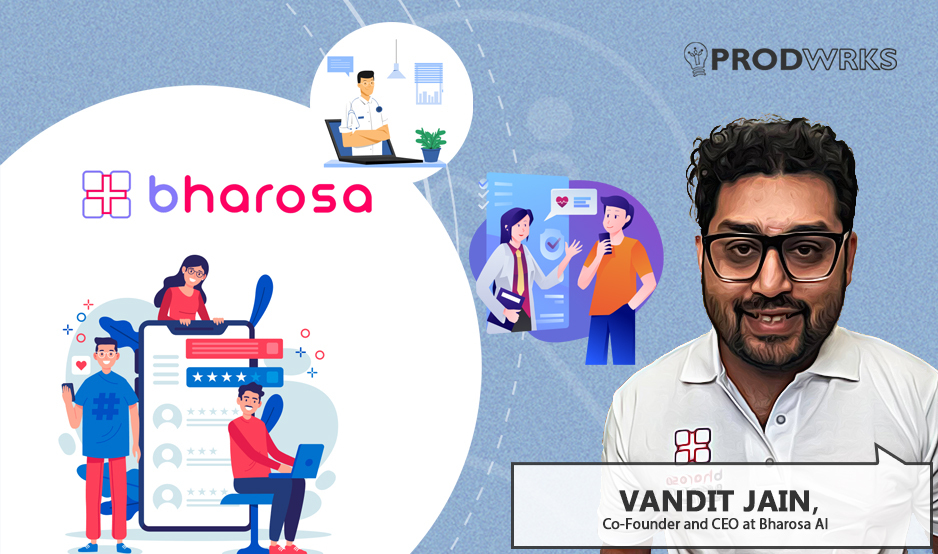
Second-generation entrepreneurs in India today are a conflicted lot. On one hand, they enjoy the advantage of inheriting their family business at a time when India is on the path to becoming the third-largest economy in the world by 2030. On the other hand, the second generation faces the uphill challenge of navigating business and digital transformations, ensuring that their organization is not disrupted by newer technologies or business models.
To complicate matters further, legacy businesses are notorious for not having established systems, governance, or processes. These bad habits from the past tend to collide with new ideas that the second generation brings in from their Western upbringing.
“The second generation has tasted the Western world and has gone to the best B-schools. They have a big hunger to grow their family businesses domestically as well as overseas. But they find a major disconnect in the way their fathers or uncles run their businesses, as opposed to how the Western businesses operate,” says Deepak Narayanan, founder and CEO of Practus.
In the last decade, Practus has successfully assisted close to 1,000 companies (from family-run businesses to Fortune 500 companies) across nine countries in solving business problems across finance, supply chain, operations, manufacturing, sales, and marketing.
And, Deepak has some sound advice for second-generation leaders.
Navigating Legacy Business Operations
“Family businesses often lack established systems and processes, relying heavily on building personal relationships. A lot of work gets done because first-generation businesspersons have strong relationships with people on the ground. The challenge is to move this structure to a performance and process-driven organisation.”
For instance, to grow their businesses, family-run companies usually depend on debt from banks. So they build strong relations with bankers.
“Today the game has shifted to private-equity funding, which means you're not in this game of satisfying bankers. To grow your business, you must raise funds by attracting good-quality overseas partners. To do that you have to optimize processes and build a brand around your business. But most legacy businesses don’t have a brand.”
Streamlining Operations with Tech-Driven Solutions
Inefficiencies in operations and processes can impede business growth and erode profitability. Deepak underscores the role of technology in streamlining operations and reducing friction in key processes.
He illustrates this with an example of a traditional distributor-led company grappling with visibility problems due to the absence of tech-driven processes.
“An owner of a traditional distributor-led company does not have complete visibility over supply or demand side processes. When something goes wrong in the supply chain or documentation, they have to manually pick up the phone to sort out problems. Technology can reduce this friction.”
"Reducing friction, whether on the supplier or demand side, is crucial for enhancing productivity," emphasizes Deepak. By automating manual processes and leveraging technology to facilitate seamless transactions, businesses can unlock new levels of efficiency and scale.
Utilizing the full potential of ERPs and business tools
“Companies don't necessarily want to wait for 12 to 18 months to implement an ERP. The ERP implementation cycle itself has come down from what it used to be in the past. Helping companies implement and optimize ERPs is one of the ways where Practus helps companies integrate new technology into legacy systems.”
“Companies are now figuring out that they have not used most of the features of their ERPs. So they bring us in to figure out how a feature can be optimized. Our advice is to optimize it and make it more business-oriented. And to make it more business-oriented, you have got to relook at the way this was implemented in the first place.”
Embracing Data and Analytics
“A lot of bespoke tools and technologies that businesses use generate a lot of data. Today the bigger problem is that people do not have insights into the data being generated. Data availability doesn’t always equate to data insights.”
“We translate these data with analytics and visualization tools and help the leadership team figure out what this information really means for them and how this information can drive their business better. Even if a company does not have any data tools, we help them get started with data insights so that they can start making decisions, while we build the entire analytics layer for them.”
With the proliferation of GenAI-based tools, Deepak says that Practus now goes a bit deeper to not just make sense of historical data, but also get insights into predictability and the risk for the business.
“With GenAI we are going two notches higher by helping the leaders decipher data and giving predictive and prescriptive insights about their business. For instance, with predictive analytics, we can help leaders predict what will happen with their sales for the next three months or the next six months. With prescriptive analytics, we can tell them what they should be doing as a business to achieve outcomes from the prediction.”
Using Technology as an enabler, and not as a differentiator
“When people are used to doing things in a certain way and you ask them to change overnight, there will be resistance. So it is important to set objectives that both the first and the second generation believes are important for the betterment of the business.”
He advises second-generation entrepreneurs to “respect the legacy of the business their family has created, leverage existing strengths, bring in fresh ideas, and embrace technology as an enabler for growth.”
Deepak also highlights that it is important to hire people more capable than the business owner when this transition happens. The key is to let the professionals figure out and implement technology as an enabler to drive home change.
"While technology is essential, it's crucial to focus on solving underlying business problems. Rather than chasing the latest trends, prioritize solutions that align with the business's strategic goals and implement them incrementally.”



